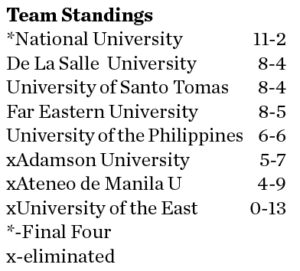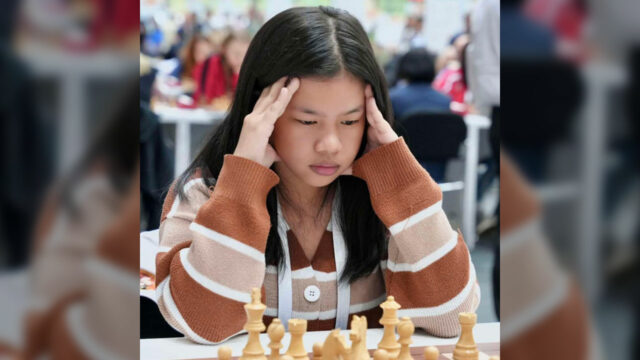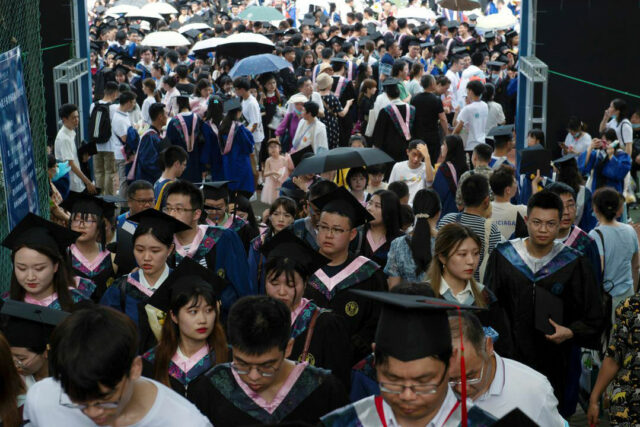Hog farms invited to join direct-sourcing scheme
THE Department of Agriculture (DA) said on Tuesday that it will invite more hog farms to participate in a direct-sourcing scheme piloted by Food Terminal, Inc. (FTI), which supplies retailers with pork products at reduced cost due to the savings on logistics.
The announcement indicates plans to move forward from a pilot program between FTI and the Philippine subsidiary of Thailand’s Charoen Pokphand Foods PLC (CP Foods), which began supplying 100 live hogs daily for dispatch to a Caloocan slaughterhouse to expand the pork supply available to retailers.
The pilot program enabled participating retailers to offer pork at prices at least P20 below the maximum suggested retail price (MSRP) of P380 per kilo for liempo (belly) and P350 per kilo for pigue and kasim (leg and shoulder), the DA said in a statement.
Distributors source the pork directly from the Caloocan slaughterhouse, eliminating the need to transport hogs from multiple farms. This approach reduces logistics costs passed on to retailers and consumers.
“The pilot test has been very successful,” the DA said. “Over the first 21 days, we’ve handled more than 2,000 pigs, and participating sellers have been able to price liempo at P360 per kilo, and kasim and pigue between P330 and P340 per kilo.”
“We are inviting more hog farms to join this program. FTI guarantees prompt and proper payment.”
The DA on March 10 started implementing an MSRP price for pork, with a price of P300 per kilo set for fresh carcass or sabit ulo, P350 a kilo for kasim and pigue, and P380 per kilo for liempo.
The DA said on Tuesday that compliance with the MSRP remains at about 20% in 10 markets inspected by market monitors on Monday.
The DA attributed the weak compliance to farmgate prices, which it said exceeded the agreed-upon level of P230 per kilo, and “multiple layers of added costs” before pork reaches retailers.
“This week, we will begin issuing notices to stakeholders, requesting them to explain their inability to comply with the MSRP,” Agriculture Assistant Secretary for Consumer Affairs Genevieve Velicaria-Guevarra said.
She said the DA is working with the Department of Trade and Industry, which has enforcement authority on pricing matters.
Meanwhile, the DA said FTI aims to complete by May a cost-tracking system designed to monitor the movement of hogs from farms to retailers.
“The goal is to ensure each player in the supply chain earns a fair return, while shielding consumers from unjustified markups,” the DA said.
The cost of raising a pig is estimated at between P165 and P80 per kilo, according to the DA.
It said a farmgate price above P230 per kilo is an indication of profiteering, calling a margin of P50 to P65 per kilo — or roughly P5,000 to P6,500 per 100-kilo hog — a fair return. — Kyle Aristophere T. Atienza













